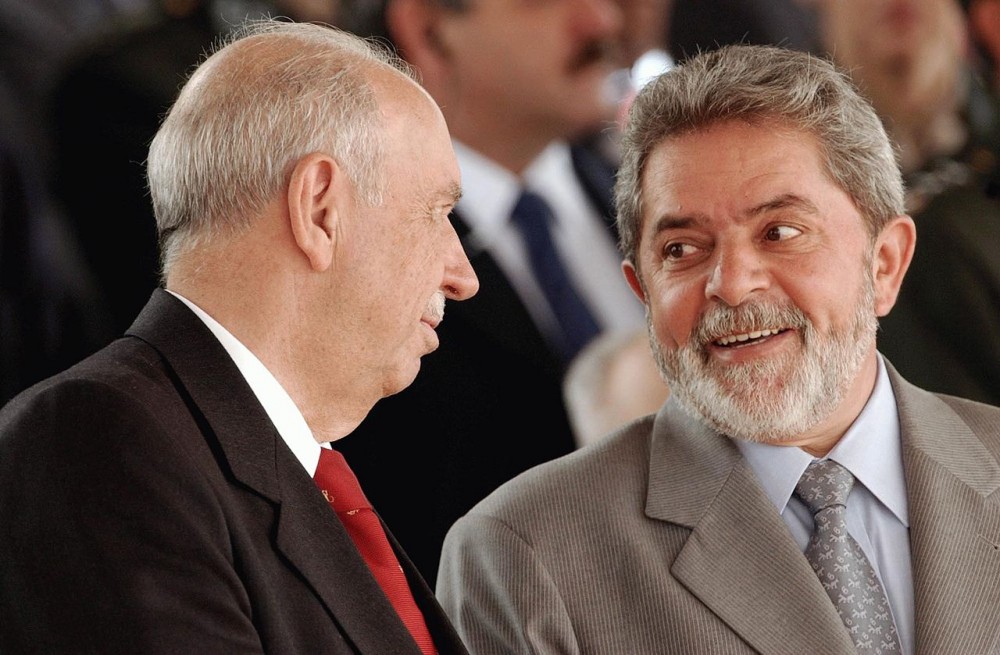In 2003, Brazil elected president a man with a second grade education.
Luiz Inácio Lula da Silva, better known as Lula da Silva or simply Lula, is considered to have been one of the most popular politicians in the history of Latin America. His social programs cut poverty in Brazil by almost 30 percent during his first year in office, which is pretty impressive considering he didn’t learn to read until he was 10.
Lula da Silva, the seventh of eight children, was born in 1945 in a small town in northeast Brazil. His father worked to support the family from afar in Sao Paulo. When Lula was 7, his mother decided to bring the family back together by moving to Sao Paulo herself, where she discovered that her husband had a second family. Following his parents’ separation, Lula dropped out of school to work.
Working in a copper-processing factory at age 19, Lula lost a finger to an electric lathe. Funnily enough, dealing with the hospital system as an injured laborer integrated him into the world of labor unions, and he quickly became the president of Brazil’s Steel Worker’s Union. Despite his lack of formal education, he became involved in political advocacy and championed a movement to elect a president of the country via popular vote, as opposed to the canonical military caucuses.
In 1989, his movement was successful, and Brazil elected its first president via popular vote since 1960. In the late 1990s, soaring inflation, political corruption and rampant poverty marked a low point for Brazil. Lula ran for president as the “candidate of the people,” drawing strong support from the working class. He handily won — in fact, he received the second most votes for president in the history of any country in the world at the time, behind only Ronald Reagan in 1984.
Perhaps unsurprisingly given his humble beginnings, Lula made social support programs his primary objective. Fome Zero — which translates to Zero Hunger — promoted family agriculture, brought fresh water cisterns to arid regions of the country and otherwise worked to eliminate hunger in the poorest parts of the country. Bolsa Familia, another social support program, distributed cash to poor families, with one contingency: The family’s children must be enrolled in school. Education — the resource that was never an option for Lula — became the key to his programs.
When Lula left office in 2011, infant malnutrition had fallen fourfold. Extreme poverty had been cut in half. The country’s food infrastructure allowed it to weather the global economic downturn much better than its neighbors. More than anything else, the working class of Brazil had experienced the first political voice catering to its interests. Lula left office with an approval rating of 87 percent. The current president — Dilma Rousseff, currently under pressure to step down due to an ongoing federal investigation into corruption — has an approval rating of 11 percent.
Preceded by poverty and corruption, and succeeded by just corruption, Lula da Silva changed what it means to be poor in Brazil. Perhaps we could learn a thing or two from Brazil’s nine-fingered, second-grade-educated ex-president.
Jack Siglin is a junior physiology and neurobiology major. He can be reached at jsiglindbk@gmail.com.



